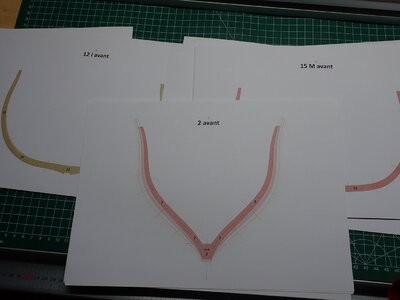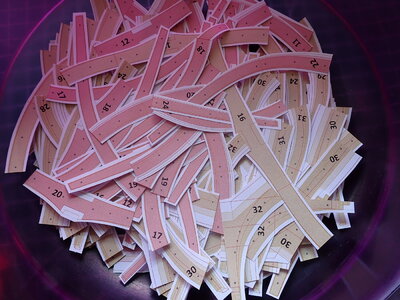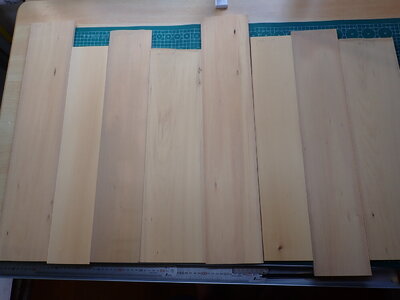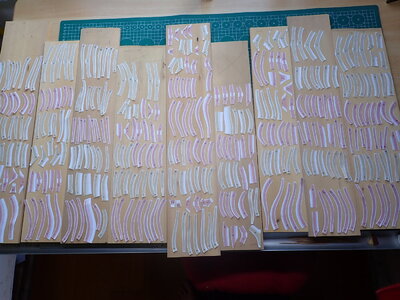Yes, makes sense.If I'm not wrong now, it must be these hoes at the rear
Thank you very much for your reply.
Yes, makes sense.If I'm not wrong now, it must be these hoes at the rear
If I'm not wrong now, it must be these hoes at the rear
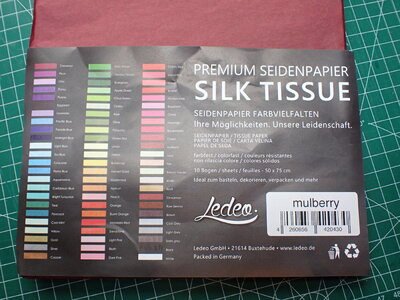
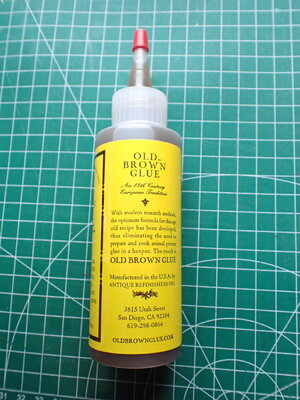
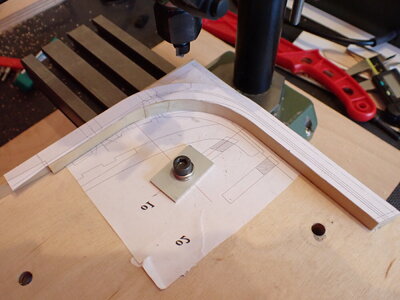
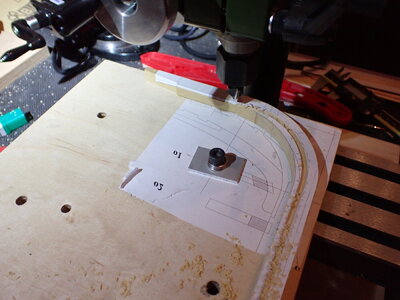
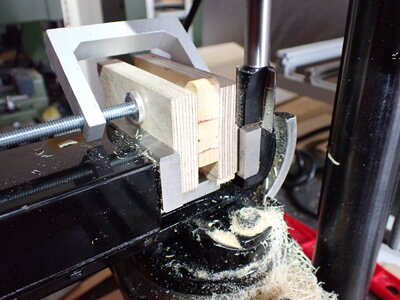
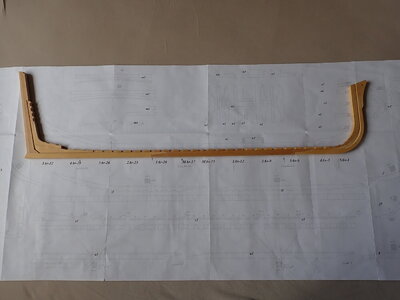
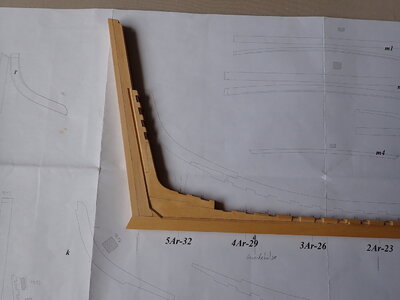
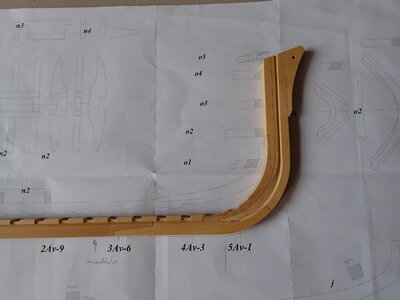
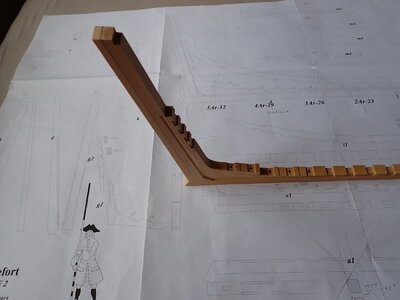
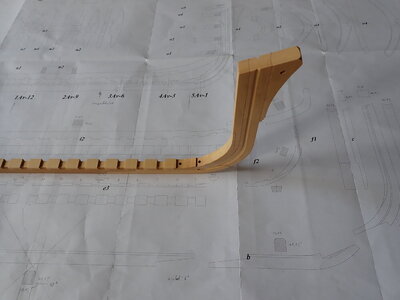
I use simple copy paper (in the US 20# bond paper) not sure how that translates to your paper weight. I also use a school room type glue stick to attach the templates and have not experienced any distortion when applying to the wood. Hope this helps.Hello all,
I need again your advice.
I will be printing out all the templates for the frames soon and I have two types of paper: 80 g/m2 and 160 g/m2.
The 160 g/m2 is sturdier, so the longer shapes will hold their shape better when glued to the wood. When I made the keel I found that thin paper is easy to get out of shape when wet. So I think the thicker paper is advantageous to keep the shape.
The disadvantage is that the paper forms a burr, especially when sanding with the spindle sander, which hides all the lines near the sanding edge. This burr is easily removed with some sandpaper when using the 80 g/m2 paper by just stroking the edge once or twice. It is not so easy to remove with the thicker paper.
What is your advice? Have you also tried using different paper?
Thank you
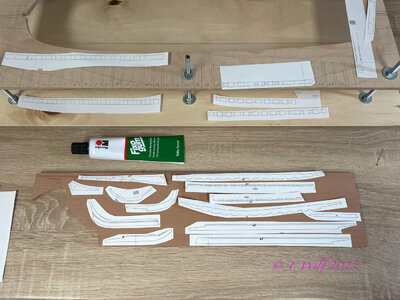
 , my question about the glue is superfluous.
, my question about the glue is superfluous. 
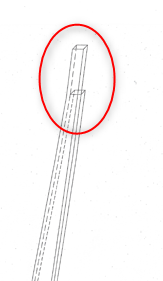
When I make my frames I would leave them a few millimeters longer at the top and shorten them to the nominal dimension only when the hull is finished.
But with some frames, the futtocks of the two frame halves have a different length at the top (see picture). When the upper part is glued together, cutting to length becomes difficult.
Do you still do it this way or is there a trick?
View attachment 377244
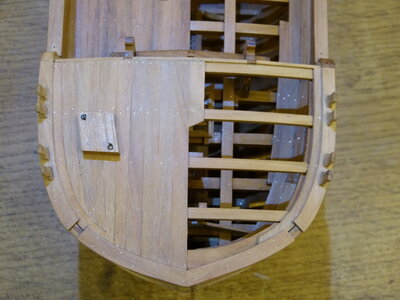
Hello Dieter, as promised, the paper I used. Mondi 100g Color Copy

